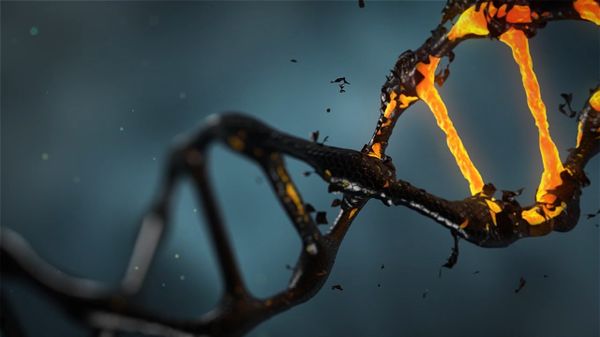DNA-Based Malware Can Compromise Computer Systems, According to Researchers

Researchers from the University of Washington in Seattle have successfully encoded a malicious program into a DNA sample, that once executed by a sequencing machine would cause a buffer overflow in the analysis software an allow attackers to remotely control the computer system.
Using a short stretch of 176 DNA letters – or nucleotides – researchers were able to represent binary pairs of zeros and ones (00, 01, 10, 11) by attributing them to A, G, C, and T nucleotides. When processed by the DNA sequencing machine”s software, the string of instructions would cause a buffer overflow that would allow an attacker to execute malicious commands on the system.
“We found that existing biological analysis programs have a much higher frequency of insecure C runtime library function calls (e.g., strcpy),” reads the “Computer Security, Privacy, and DNA Sequencing: Compromising Computers with Synthesized DNA, Privacy Leaks, and More” research paper. “This suggests that DNA processing software has not incorporated modern software security best practices.”
The biological proof-of-concept malware was able to contact a server controlled by the researchers, enabling them to remotely control the lab computer tasked with analyzing the DNA sequence. While researchers believe that this type of attack is unlikely to occur in-the-wild, they do speculate that future attacks could rely on “crafted” blood and saliva samples to compromise computer systems.
The team also said that the vulnerability exploited by the malicious DNA sample did not involve a specific software that”s currently being used by DNA sequencing machines, but a specially-designed software that was engineered to respond to the buffer overflow sequence.
“Our exploit did not target a program used by biologists in the field; rather it targeted one that we modified to contain a known vulnerability,” reads the research paper. “Our key finding is that it is possible to encode a computer exploit into synthesized DNA strands.”
While this is not the first time researchers have used innovative methods for compromising computer systems, it is the first time that DNA has been used to encode malicious code.
tags
Author
Liviu Arsene is the proud owner of the secret to the fountain of never-ending energy. That's what's been helping him work his everything off as a passionate tech news editor for the past few years.
View all postsRight now Top posts
How to Protect Your WhatsApp from Hackers and Scammers – 8 Key Settings and Best Practices
April 03, 2025
Outpacing Cyberthreats: Bitdefender Together with Scuderia Ferrari HP in 2025
March 12, 2025
Streamjacking Scams On YouTube Leverage CS2 Pro Player Championships to Defraud Gamers
February 20, 2025
How to Identify and Protect Yourself from Gaming Laptop Scams
February 11, 2025
FOLLOW US ON SOCIAL MEDIA
You might also like
Bookmarks








